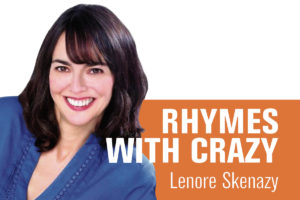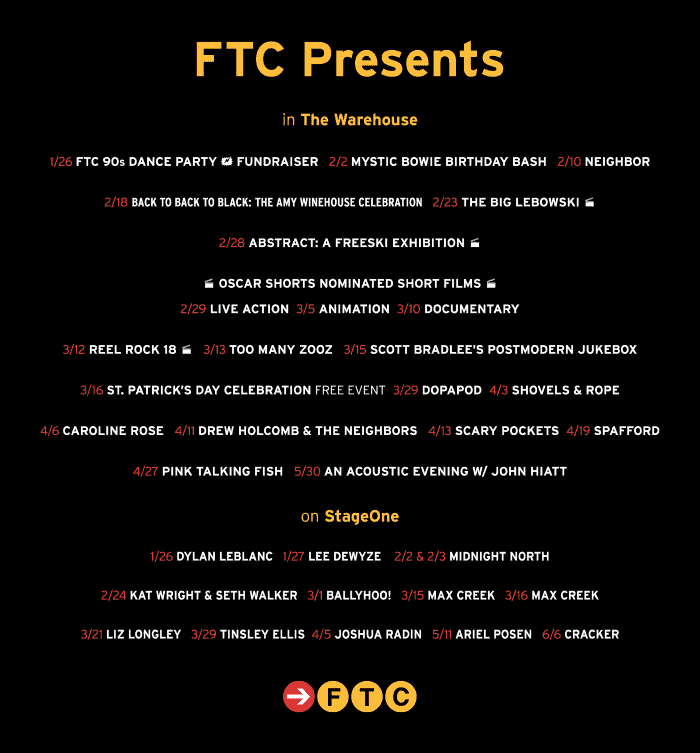 [dropcap]O[/dropcap]n Nov. 26, 1922, Howard Carter took out the little chisel his grandmother gave him on his 17th birthday when he, an English lad, was already obsessed with ancient Egypt. Now pushing 50, a middle-aged archeologist who’d seemed promising, then washed up, then possibly promising again, Carter was standing in a hole in Egypt’s Valley of the Kings, sweating.
[dropcap]O[/dropcap]n Nov. 26, 1922, Howard Carter took out the little chisel his grandmother gave him on his 17th birthday when he, an English lad, was already obsessed with ancient Egypt. Now pushing 50, a middle-aged archeologist who’d seemed promising, then washed up, then possibly promising again, Carter was standing in a hole in Egypt’s Valley of the Kings, sweating.
Hoping against hope, he tapped his childhood chisel on the underground doorway of what looked like a tomb, or at least some kind of repository. Once he finally made a hole, he poked a candle through.
“Can you see anything?” asked his companion and benefactor, George Herbert.
“Yes,” Carter replied. “Wonderful things.”
And I just saw them, too: The gold and glories—and tchachkes—of King Tut’s tomb.
At The Discovery of King Tut, a midtown exhibit that faithfully recreates exactly what Carter saw when he became the first human to lay eyes on Tut’s tomb in 3,000 years, you wander through room after room of amazing artifacts, with the special excitement of seeing them just the way they were when first discovered.
Which is to say, in a jumble. The room full of “amazing things” that Carter saw looks exactly like the attic of an eccentric aunt. There are beds shaped like animals, wheels leaning against each other like a bunch of ancient bike tires, and trunks, stools, vases and—oh yes—a baby throne made out of gold. It’s sitting in the back, abandoned as any highchair you’d put in your own attic once your child—or child king—outgrew it.
Weirdest of all are the dozens of egg-shaped containers slightly larger than footballs. These held food for the afterlife—the sacred lunchboxes of their day.
As you wind your way through the exhibit, chock-a-block with dazzling golden coffins and surprising hieroglyphics (including a whole wall done in a baboon motif), your audio guide informs you that Carter had been searching for King Tut’s tomb ever since he learned that the statue of a later pharaoh once actually had another name on it: “Tutankhamun.” The later pharaoh had chiseled off Tut’s name off the front and replaced it with his own. But, like lazy criminals in any era, he forgot to remove Tut’s name from the back.
An ancient cup also inscribed with Tut’s name made Carter increasingly certain that history had not accounted for King Tut, and neither had archeologists. But who was Tut? There was no other trace of him. If he had ruled, where was he buried? Why had no one found him yet?
Carter convinced Herbert, the fifth earl of Carnarvon, to fund his search, and spent years digging fruitlessly—well, directing a lot of Egyptian workers to dig fruitlessly—searching for Tut’s tomb. Carnarvon was about to call it quits when Carter begged him for one more season of funding. Reportedly worried that Carter would finally find the tomb just when he pulled out, the earl signed another check. (And, weirdly enough, you can see how the earl could have afforded this hobby if you watch PBS Masterpiece: “Downton Abbey” was filmed in his modest little home.)
Around the time of this final, funded season, one of Carter’s minions—a boy who brought jars of water to the workers—dug into the sand to make a little hole to hold one of the jars. He always did this, to make them stand upright. But this time, his hand hit a smooth, flat surface.
It was the top of a long-buried staircase.
The rest is history—ancient history. But the exhibit is so vibrant, this history doesn’t feel that far removed. In an era when ISIS is blowing up monuments because it wants to erase the past, Tut’s successor chiseling his name off of statues seems familiar. And once you learn the soap opera of Tut’s family—his grandfather was a great and beloved ruler; his dad reversed everything the grandpa had done, even changing the country’s religion and capital, then Tut changed all it back—the young king doesn’t seem so unreachable. You see the tiny coffin that contained his stillborn daughter. You learn there were flowers still on his casket when Carter uncovered it. It’s as if you could reach out and (sorry) Tut him.
Then you exit back to the modern kingdom of New York City: dazzling, magnificent, invincible; and you wonder who will wander an exhibit about us?
Information on admission and hours is available at tutnyc.com/visit/#tickets. The exhibition is located at 417 Fifth Ave. on 38th Street. The gallery is open Monday through Thursday from 11 a.m. to 7 p.m., Friday from 11 a.m. to 9 p.m., Saturday from 10 a.m. to 9 p.m. and Sunday from 10 a.m. to 7 p.m. Admission is $27 for adults; $17 for children ages 5 to 16; $22 for seniors, college students, AAA and the military; $15 on Museum Mondays; and $65 for a “Family 4 Pack” (two-child minimum).








